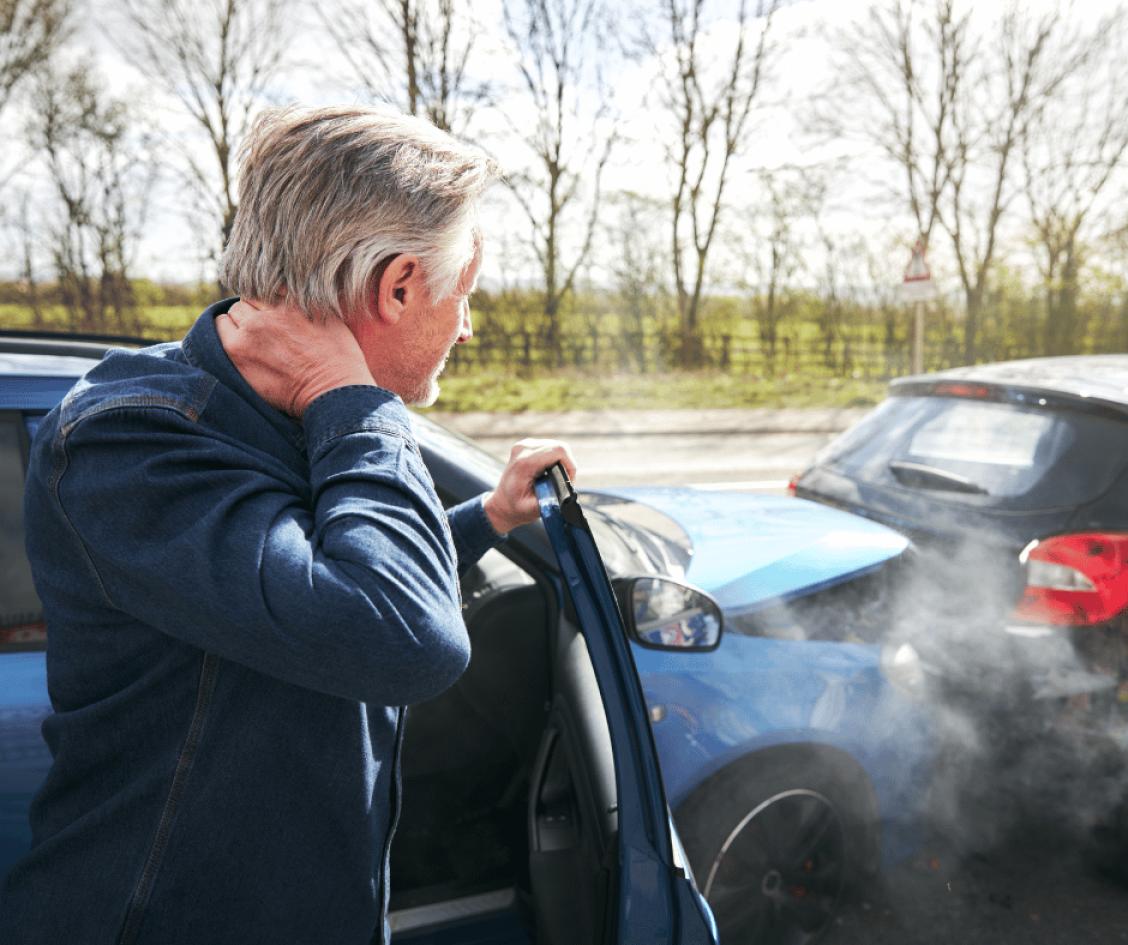
Multi-car accidents are among the most complex types of crashes. When three or more vehicles are involved, pinpointing who is at fault can be difficult. These accidents often lead to a chain of insurance claims, legal disputes, and, sometimes, lawsuits. If you were injured in a multi-car collision in Your State, understanding how liability is determined is critical to getting the compensation you deserve.
In a standard two-car crash, one driver is usually clearly at fault. In a multi-vehicle collision, multiple parties may share responsibility. Insurance companies and courts determine fault by reviewing police reports, witness statements, dashcam footage, accident reconstruction, and physical evidence at the scene.
For example, if Driver A stopped suddenly, Driver B rear-ended them, and Driver C then hit Driver B, each may carry a portion of the blame. Determining who had a reasonable opportunity to stop, who was following too closely, or who may have been distracted is key.
Your State follows a modified comparative negligence rule, which means you can still recover damages if you are less than 51% at fault. However, your compensation will be reduced based on your level of responsibility. For example, if you are 20% at fault and your damages total $100,000, you would receive $80,000.
This rule protects drivers from being completely barred from recovery due to minor errors but also means that insurance companies will try to shift blame onto you to reduce their payout.
The police report in a multi-car accident is often the first step in determining liability. Officers will note vehicle positions, driver statements, weather and road conditions, and any traffic violations. If you disagree with the report, it’s important to document your version of events and submit additional evidence promptly.
Keep in mind that the police report is not the final word—insurers and lawyers may conduct their own investigations. That’s why preserving photos, videos, and witness contact information is so important.
In multi-vehicle accidents, each driver may file a claim against different parties. This can lead to overlapping investigations, disputes over who pays for what, and delayed settlements. It’s also possible that the at-fault driver’s insurance won’t fully cover your damages—especially if multiple people were injured.
If your injuries exceed the available coverage, you may need to pursue a personal injury lawsuit or explore other forms of compensation such as uninsured/underinsured motorist coverage.
Multi-car accidents are legally complex. An experienced motor vehicle accident attorney can:
Determine fault based on state law
Protect you from unfair blame
Negotiate with multiple insurers
Ensure you receive full compensation for your injuries
Final Thoughts
If you’ve been involved in a multi-car accident in your state, don’t try to navigate the insurance maze alone. Liability may be unclear, but your right to fair compensation doesn’t have to be. Talk to a qualified attorney who can protect your interests and guide you every step of the way.